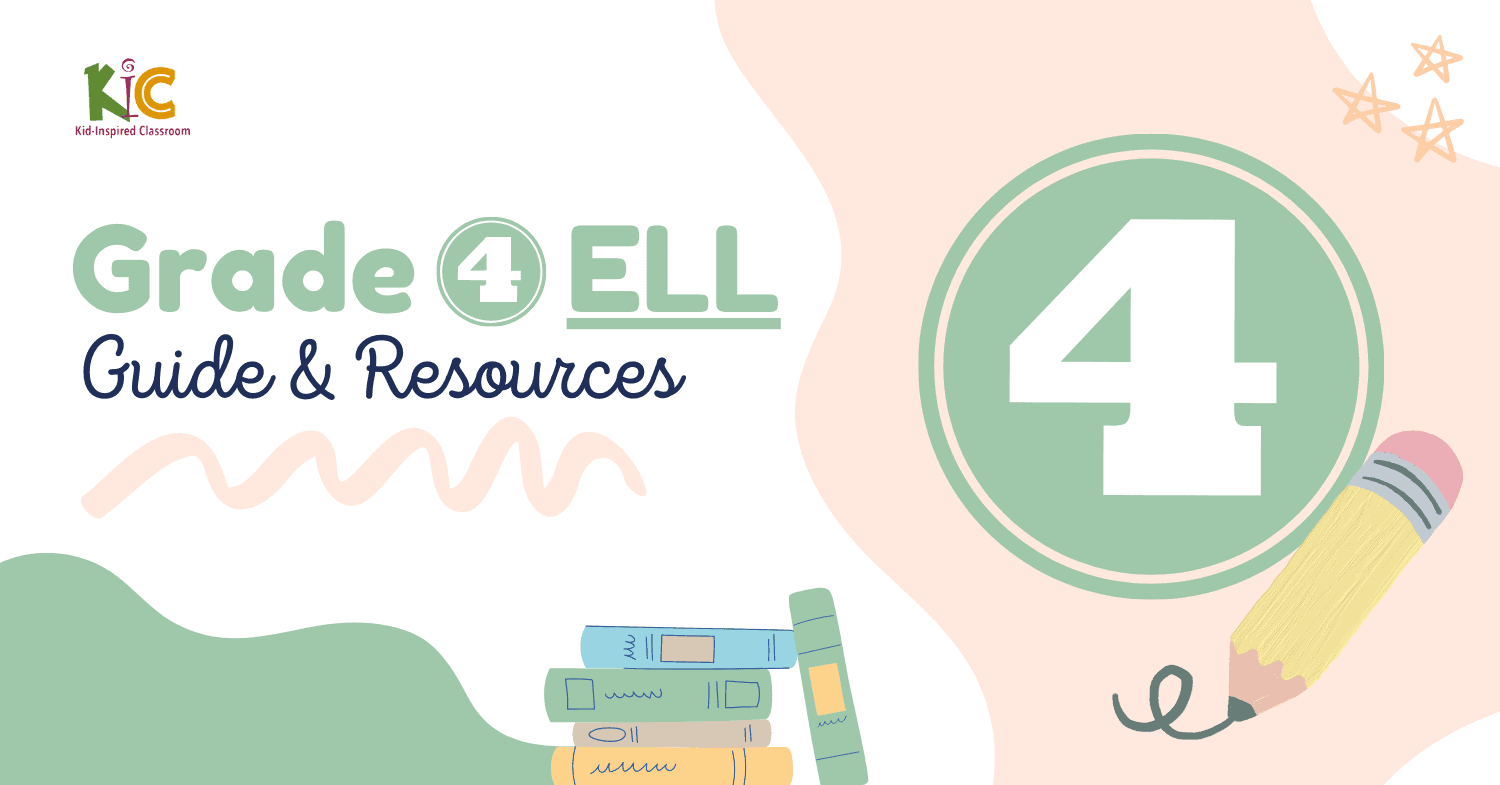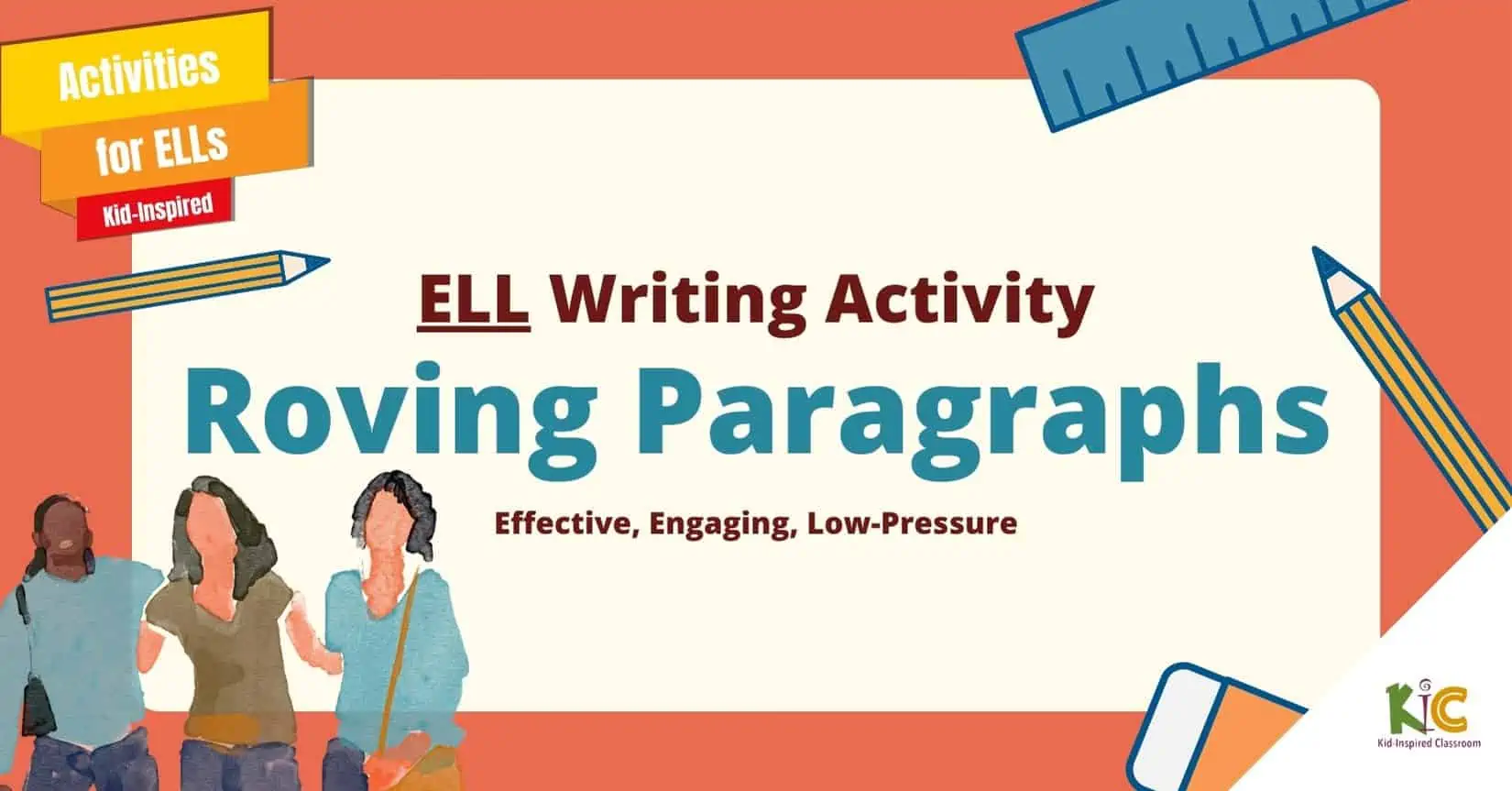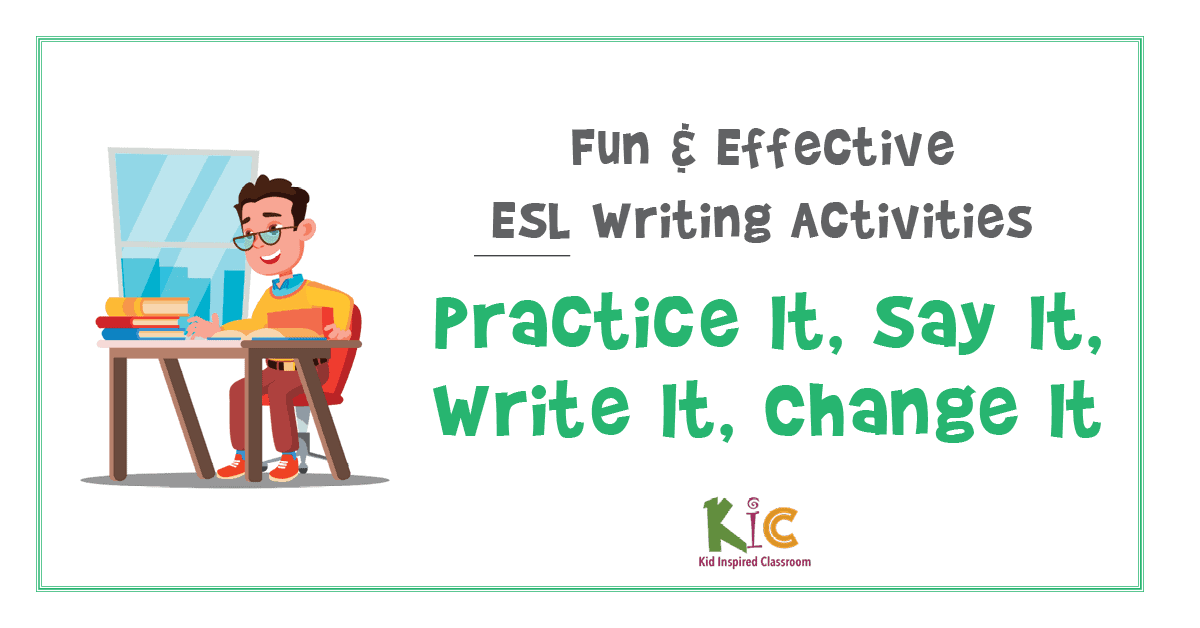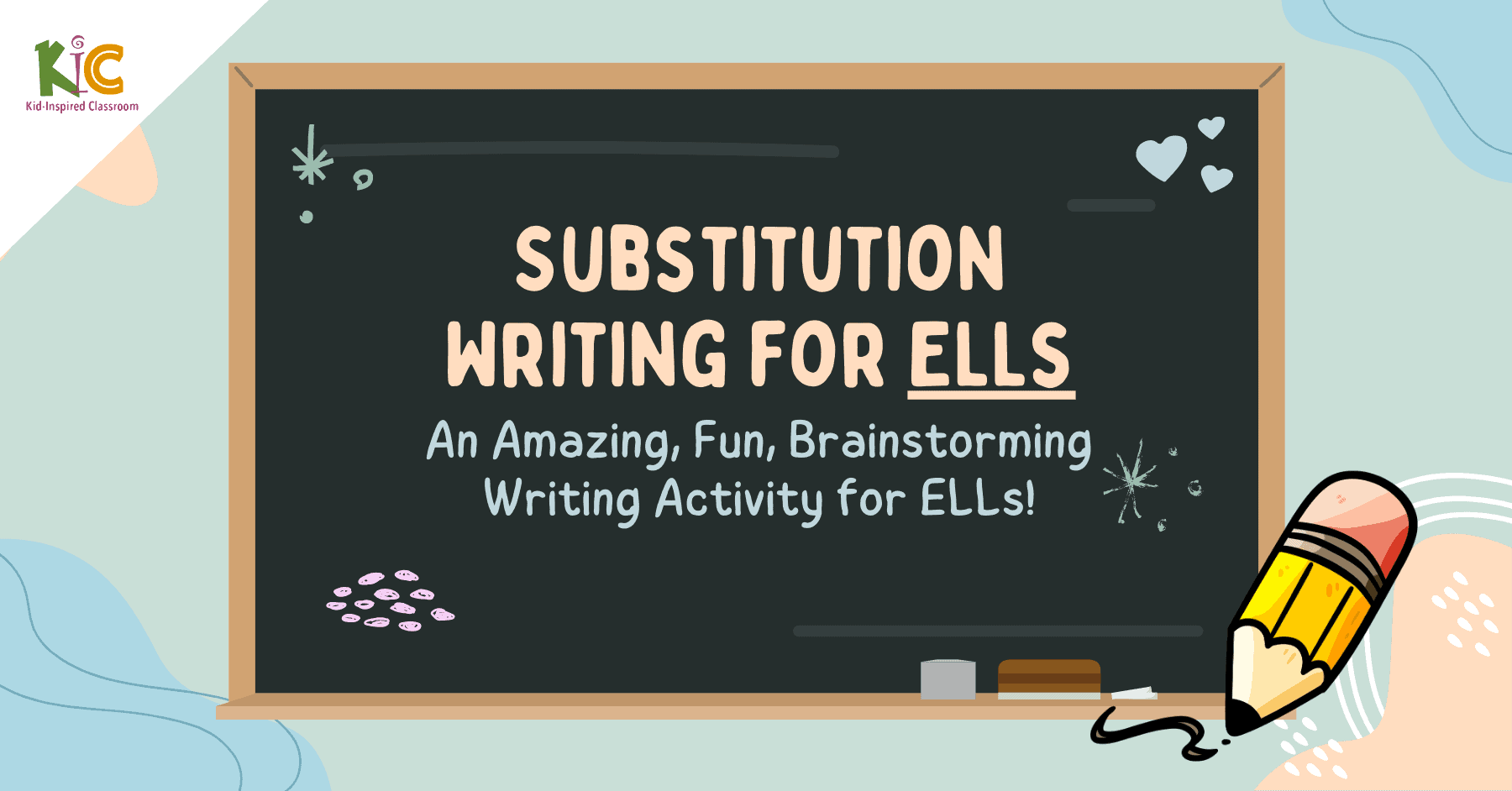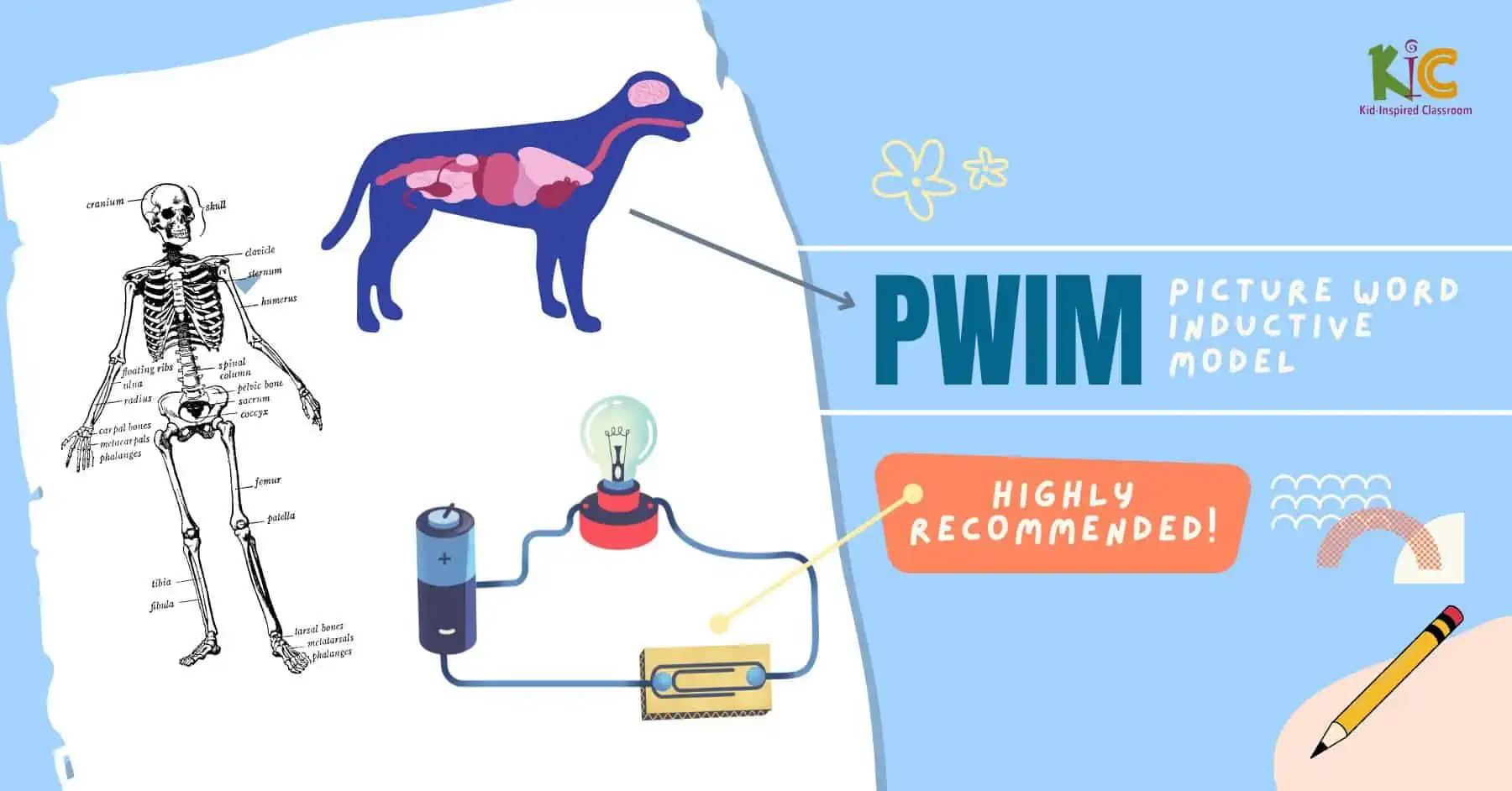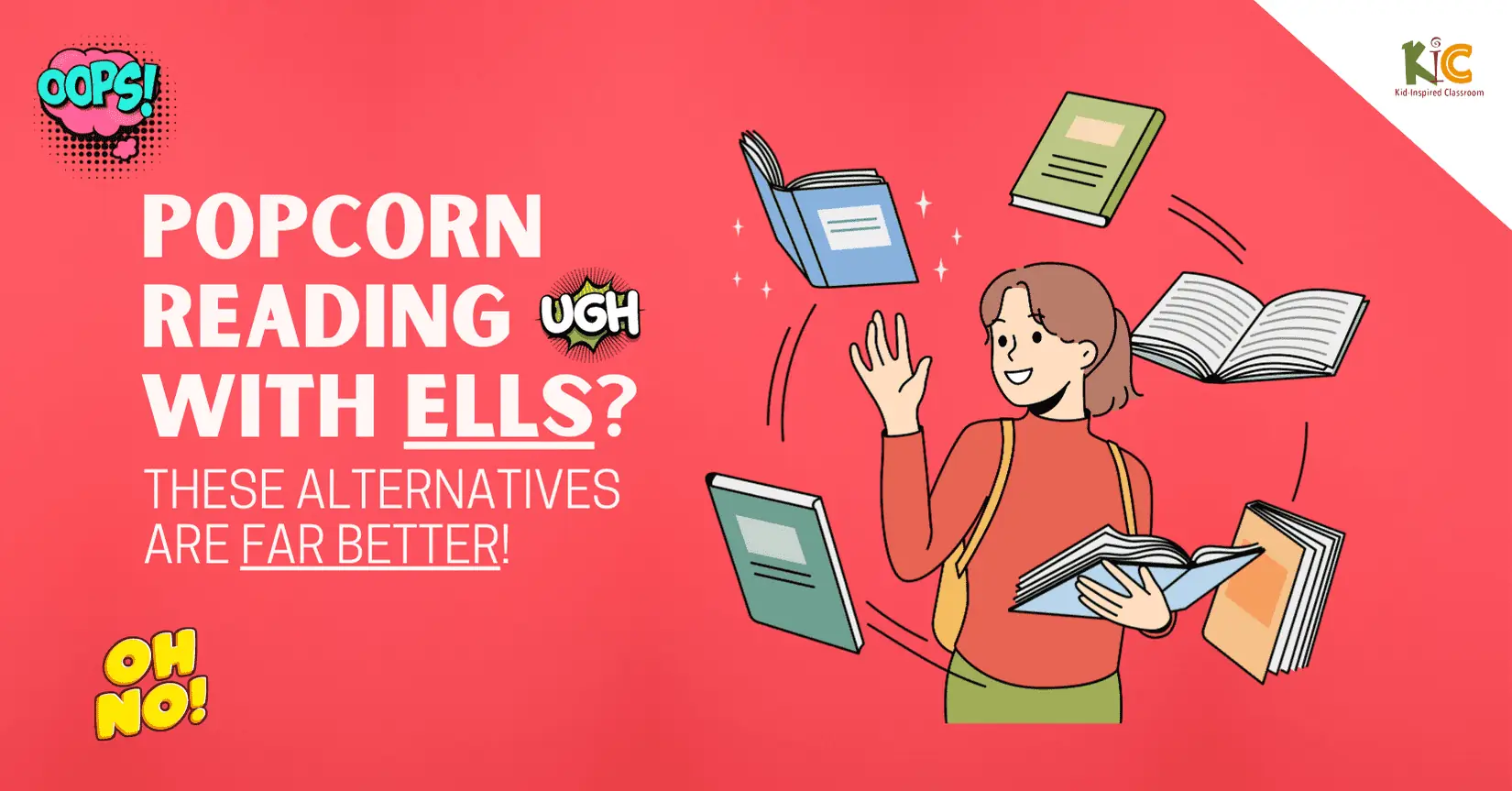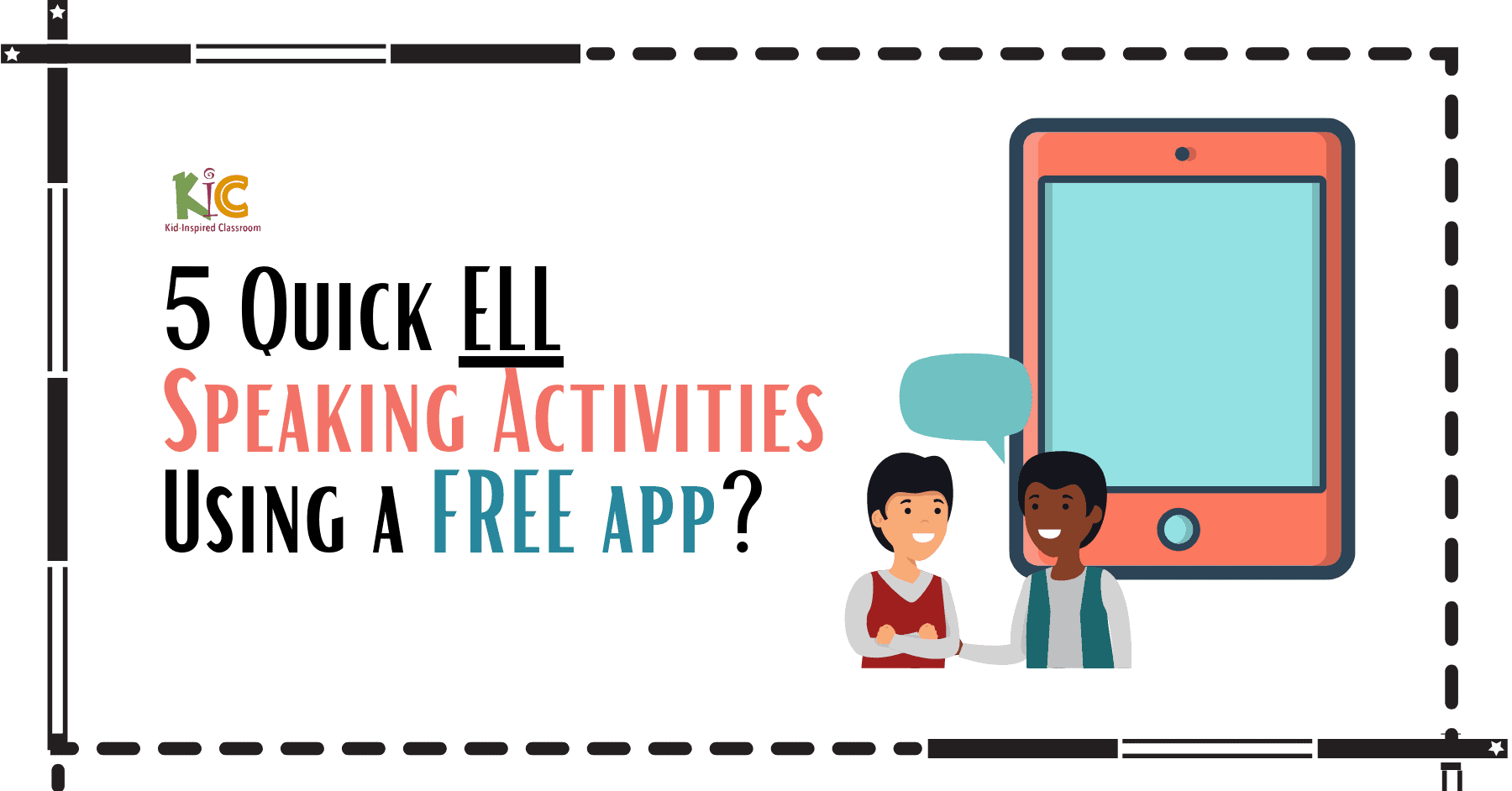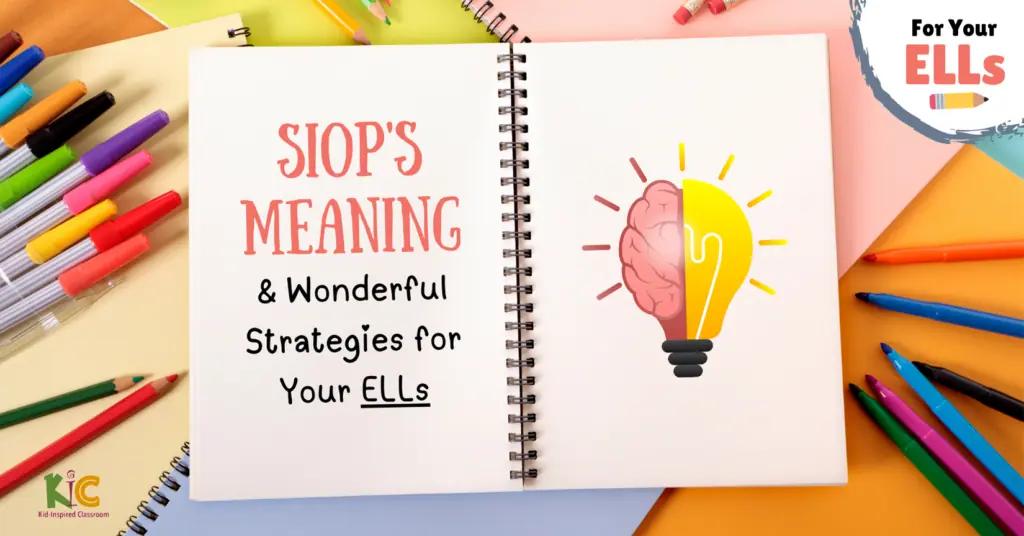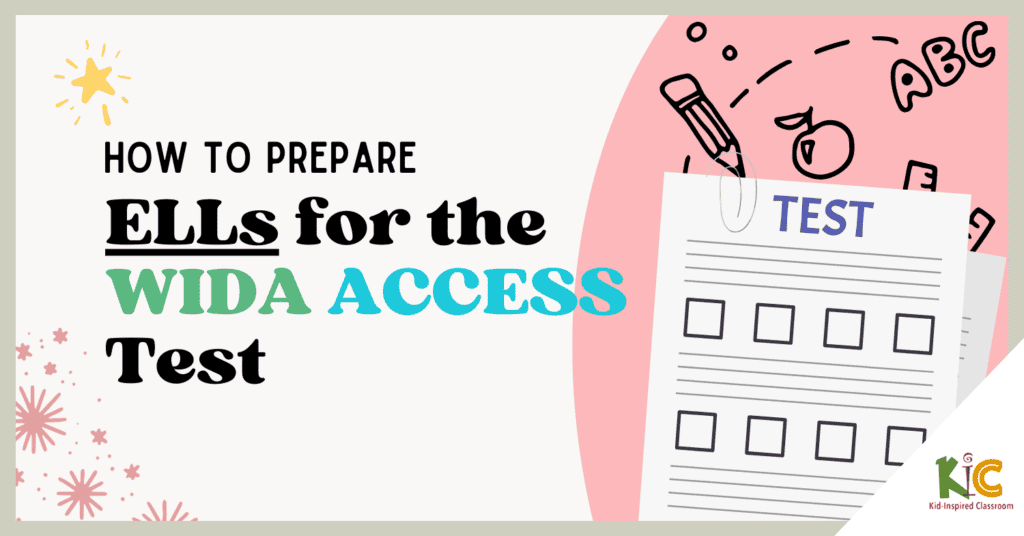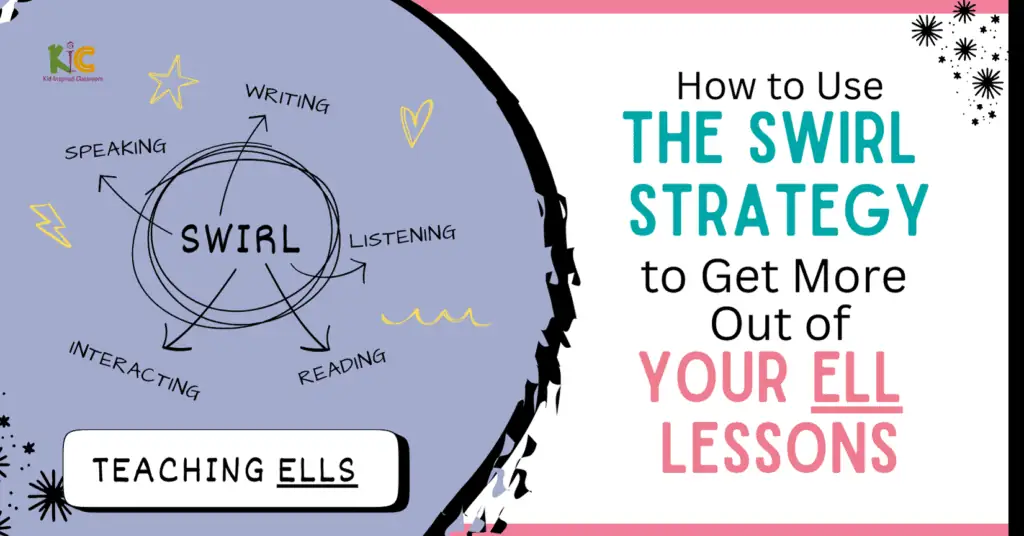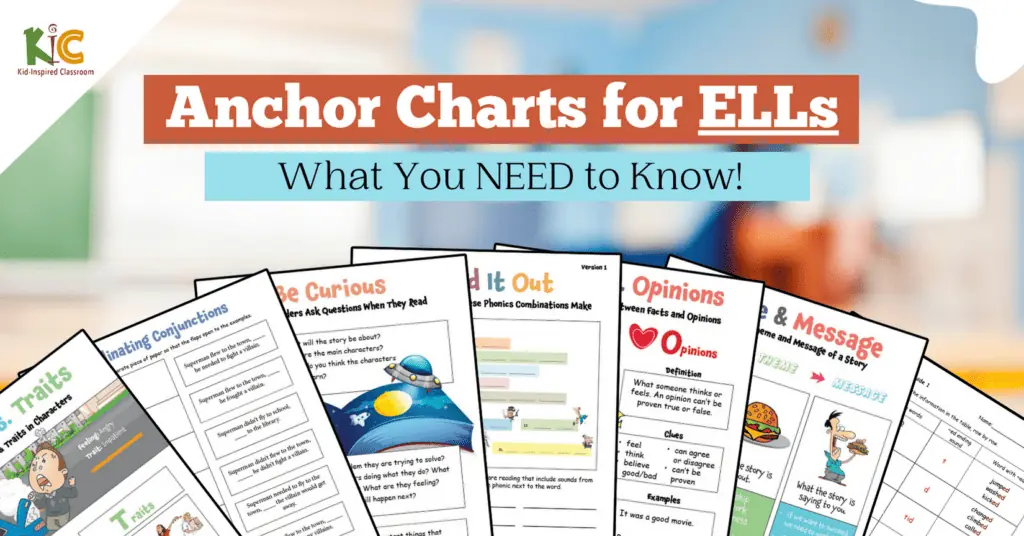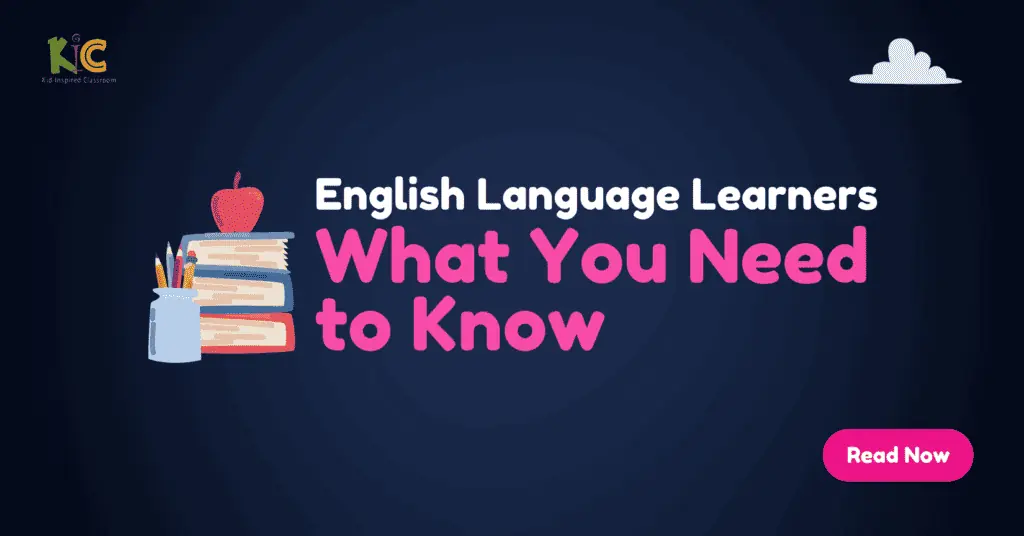4th Grade Foundations
In this article, I have pulled together and summarized grade 4 standards as well as best practices for helping English learners at different levels meet those standards.
Before we get to the specific standards for grade 4 students, it is helpful to recognize that grade 4 standards require certain basic skills that not all English learners necessarily possess.
Here are a few foundations that students will need to work on simultaneously if they haven't achieved them yet.
Let's get started.
Can a student read at or over 100 words a minute after subtracting mistakes?
If students are reading slower than 100 w/m, they will likely struggle with the length, vocabulary, and complexities of more difficult fourth grade texts.
If a student is reading 4th grade texts at over 60 words a minute, it is probably not a phonics issues and the student probably just needs to read more. Unless, of course, you can't understand a word they are saying, in which case, they need to work on their phonics and slow down enough to read clearly.
If they are reading fewer than 60 words a minute and/or making lots of mistakes, it is probably a phonics issue and a good phonics assessment can you help you decide what area will have the biggest impact on a student's reading.
Can a student speak in full, coherent sentences?
Students tend to write how they speak. If they cannot put together a full, coherent sentence in speech, they are far less likely to be able to do so in writing.
The language expectations (L 4.1) of grade 4 include things like relative pronouns (who, whose, which) and relative adverbs (where, when, why), modals (can, may, just), and prepositional phrases. They should also be able to correct inappropriate sentence fragments and run-on sentences as well as differentiate between frequently confused words (to, too, two, there, their). (SL 4.6, L 4.1)
Teaching Tip: If students struggle to create sentences such as these, you will likely want to start most of your practices with a lot of speaking exercises, getting students saying what they are going to write before you have them attempt to put pencil to paper.
Relevant Vocabulary and Background Knowledge (L 4.4, 4.5)
Students need to "determine or clarify the meaning of unknown or multiple-meaning words and phrases" as well as "demonstrate understanding of figurative language, word relationships, and nuances in word meanings."
These standards can be challenging for native speakers.
For ELs, they can be daunting.
Teaching Tip: Telling ELs what words mean is not enough. They need to use words a lot, both everyday and academic words, hearing them, speaking them, reading them, and writing them, preferably in that order.
4th Grade Standards
I have tried to group similar standards together where possible. I have also separated out those standards that can be practiced alongside most any other standard. My goal is to focus our attention on what is going to get us the most "bang for our buck" so to speak.
Reading and Speaking Standards
Things to keep in mind:
- Start by ensuring students have a basic understanding of the vocabulary and concepts of a story or text they are going to read. Without background knowledge, students will struggle.
- Have students organize important details from a text and examples of those details on a fishbone graphic organizer.
- Then have students work on making inferences about the text, first by discussing, then by filling in a T-Chart to differentiate what the text actually says from what they are inferring about what the text is saying.
Related ESL Curriculum Resources -- Members Only -- Sign in to View
Standards
- Refer to details and examples in a text when explaining what the text says explicitly and when drawing inferences from the text. (RL 4.1, RI 4.1)
Things to keep in mind:
- Ensure students have a grasp of the vocabulary and concepts needed to understand the text they are going to read.
- Summarizing stories can be incredibly difficult for language learners, first because they haven't understood the story well enough, or second because they can't focus on the right details.
- After filling in a main ideas and details graphic organizer, you can model what a good summary would look like and even have students practice your summary until they get their heads around the structure of it.
- Have them try saying a summary of a story using their graphic organizers with a partner. Then have them try writing it.
Related ESL Curriculum Resources -- Members Only -- Sign in to View
Standards
- Determine a theme of a story, drama, or poem from details in the text; summarize the text. (RL 4.2)
- Determine the main idea of a text and explain how it is supported by key details; summarize the text. (RI 4.2)
- Paraphrase portions of a text read aloud or information presented in diverse media and formats, including visually, quantitatively, and orally. (SL 4.2)
- Report on a topic or text, tell a story, or recount an experience in an organized manner, using appropriate facts and relevant, descriptive details to support main ideas or themes; speak clearly at an understandable pace. (SL 4.4)
Things to keep in mind:
- Have students work through a story to find the characters, settings, and main events on a story map graphic organizer.
- Have students go through a story with a highlighter (make a copy of a page or two from the story if you cannot highlight directly in a book) to find descriptions of characters or settings.
- Discuss with a partner the results of highlighting.
- Write a description of a character or setting in their own words with reference to those specific details in the text that they highlighted.
Related ESL Curriculum Resources -- Members Only -- Sign in to View
Standards
- Determine in depth a character, setting, or event in a story or drama, drawing on specific details in the text (e.g., a character's thoughts, words, or actions). (RL 4.3)
Things to keep in mind:
- Start with examining the structure of each individual text on a text structure graphic organizer to ensure students have a grasp on each individual text before they try comparing them.
- Organize details about each text into a 3-Column Graphic Organizer so that different parts are lined up side by side and differences become more obvious.
- Fill in those details from the 3-Column Graphic Organizer on a Venn Diagram which will show which aspects are different and which are the same.
- Students can get with a partner at each step or at the end to discuss the results of their diagrams. They will need sentence starters to help them compare and contrast.
- Finally, students can use the results of their diagrams to write an essay comparing the different articles.
Related ESL Curriculum Resources -- Members Only -- Sign in to View
Standards
- Explain major differences between poems, drama, and prose, and refer to the structural elements of poems (e.g., verse, rhythm, meter) and drama (e.g., casts of characters, settings, descriptions, dialogue, stage directions) when writing or speaking about a text. (RL 4.5)
- Compare and contrast the point of view from which different stories are narrated, including the difference between first- and third-person narrations. (RL 4.6)
- Compare and contrast the treatment of similar themes and topics (e.g., opposition of good and evil) and patterns of events (e.g., the quest) in stories, myths, and traditional literature from different cultures. (RL 4.9)
Things to Keep in Mind:
- Students may need some background knowledge filled in about firsthand and secondhand experiences. The moon landing makes a good example. Neil Armstrong was there and can describe it firsthand. Other authors writing about the moon landing were not there and describe it secondhand.
- Start by organizing details from a firsthand account and details from a secondhand account into a T-Chart Graphic Organizer.
- Use the information on the T-Chart to place data into a Venn Diagram.
- Discuss with a partner the similarities and differences between the accounts using sentence stems you provide them.
- Write about the results in a structured paragraph or essay.
Related ESL Curriculum Resources -- Members Only -- Sign in to View
Standards
- Compare and contrast a firsthand and secondhand account of the same event or topic; describe the differences in focus and the information provided. (RI 4.6)
Things to Keep in Mind:
- Students will need to have a basic grasp of the vocabulary and concepts in order to read and organize the information they will read.
- Read the passage and organize the data onto a graphic organizer that is most appropriate for the kind of information. This will vary based on the topic. For example, the steps of a process will work well on a text map whereas the key features of the major events of WWII might work better on a matrix.
- Students should be able to explain the process or events with a partner using language that shows how one thing leads to another (e.g., As a result... Once you've done that... etc.).
- Students can complete a paragraph or essay describing the process or events.
Related ESL Curriculum Resources -- Members Only -- Sign in to View
Standards
- Explain events, procedures, ideas, or concepts in a historical, scientific, or technical text, including what happened and why, based on specific information in the text. (RI 4.3)
- Explain how an author uses reasons and evidence to support particular points in a text. (RI 4.8)
Things to keep in mind:
- Have students find any information presented visually in a text. It could be pictures, bullet points, sidebars, etc.
- Have them write down the type of visual it is as the main idea in a Main Idea and Supporting Details Graphic Organizer and then list out the kind of information the visual provides.
- This could easily be added to one of the above standards as a background building activity before reading a text.
Standards
- Make connections between the text of a story or drama and a visual or oral presentation of the text, identifying where each version reflects specific descriptions and directions in the text. (RL 4.7)
- Interpret information presented visually, orally, or quantitatively (e.g., in charts, graphs, diagrams, time lines, animations, or interactive elements on Web pages) and explain how the information contributes to an understanding of the text in which it appears. (RI 4.7)
Writing Standards
Things to keep in mind:
- Students will need to link opinion and reasons using words and phrases (e.g., for instance, in order to, in addition).
Related ESL Curriculum Resources -- Members Only -- Sign in to View
Standards
- Write opinion pieces on topics or texts, supporting a point of view with reasons. (W 4.1)
- Introduce the topic or text, state an opinion, and create an organizational structure in which related ideas are grouped to support the writer's purpose.
- Provide reasons that are supported by facts and details.
- Link opinion and reasons using words and phrases (e.g., for instance, in order to, in addition).
- Provide a concluding statement or section related to the opinion presented.
- Produce clear and coherent writing in which the development and organization are appropriate to task, purpose, and audience. (Grade-specific expectations for writing types are defined in standards 1-3 above) (W 4.4)
- With guidance and support from adults and peers, develop and strengthen writing as needed by planning, revising, and editing. (Editing for conventions should demonstrate command of language standards 1-4 up to and including grade 4). (W 4.5)
- With guidance and support from adults, use technology, including the Internet, to produce and publish writing as well as to interact and collaborate with others; demonstrate sufficient command of keyboarding skills to type a minimum of one page in a single sitting. (W 4.6)
- Recall relevant information from experiences or gather relevant information from print and digital sources; take notes and categorize information, and provide a list of sources. (W 4.8)
- Draw evidence from literary or informational texts to support analysis, reflection, and research. (W 4.9)
Things to keep in mind:
- Once students have a topic to inform about or explain, they can write it in the main idea of their Main Ideas and Details Web Graphic Organizer. Afterward, they can write out the details they want to include.
- The details may require some brainstorming and categorizing. Sticky Notes can be a fun--although wasteful--way of brainstorming. Students write each idea they come up with on a sticky note. Then they move the sticky notes around grouping them by similar topic. Once they have a few groups, they can label those groups in the details section of their graphic organizer.
- Afterward, they will need to plan out their essay by identifying facts, definitions, concrete details, quotations and other information they want to include for each supporting detail.
Related ESL Curriculum Resources -- Members Only -- Sign in to View
Standards
- Write informative/explanatory texts to examine a topic and convey ideas and information clearly. (W 4.2)
- Introduce a topic clearly and group related information in paragraphs and sections; include formatting (e.g., headings), illustrations and multimedia when useful to aiding comprehension.
- Develop the topic with facts, definitions, concrete details, quotations, or other information and examples related to the topic.
- Link ideas with categories of information using words and phrases (e.g., another, for example, also, because).
- Use precise language and domain-specific vocabulary to inform about or explain the topic.
- Provide a concluding statement or section related to the information or explanation presented.
- Produce clear and coherent writing in which the development and organization are appropriate to task, purpose, and audience. (Grade-specific expectations for writing types are defined in standards 1-3 above) (W 4.4)
- With guidance and support from adults and peers, develop and strengthen writing as needed by planning, revising, and editing. (Editing for conventions should demonstrate command of language standards 1-4 up to and including grade 4). (W 4.5)
- With guidance and support from adults, use technology, including the Internet, to produce and publish writing as well as to interact and collaborate with others; demonstrate sufficient command of keyboarding skills to type a minimum of one page in a single sitting. (W 4.6)
- Conduct short research projects that build knowledge through investigation of different aspects of a topic. (W 4.7)
- Recall relevant information from experiences or gather relevant information from print and digital sources; take notes and categorize information, and provide a list of sources. (W 4.8)
- Draw evidence from literary or informational texts to support analysis, reflection, and research. (W 4.9)
Things to keep in mind:
- Students can first organize the main flow of their story by filling out the Story Map Graphic Organizer.
- Use the Character Profile Graphic Organizer to fill out details about their characters. Students write down descriptive words and phrases like adjectives, clothing, hair style as well as lots of verbs the student could use to describe major actions that character does in the story.
- You could have students find a descriptive sentence or two from the beginning of a book they like that introduces a character and model their introduction similarly.
Related ESL Curriculum Resources -- Members Only -- Sign in to View
Standards
- Write narratives to develop real or imagined experiences or events using effective technique, descriptive details, and clear event sequences. (W 4.3)
- Orient the reader by establishing a situation and introducing a narrator and/or characters; organize an event sequence that unfolds naturally.
- Use dialogue and description to develop experiences and events or show the responses of characters to situations.
- Use a variety of transitional words and phrases to manage the sequence of events.
- Use concrete words and phrases and sensory details to convey experiences and events precisely.
- Provide a conclusion that follows from the narrated experiences or events.
- Produce clear and coherent writing in which the development and organization are appropriate to task, purpose, and audience. (Grade-specific expectations for writing types are defined in standards 1-3 above) (W 4.4)
- With guidance and support from adults and peers, develop and strengthen writing as needed by planning, revising, and editing. (Editing for conventions should demonstrate command of language standards 1-4 up to and including grade 4). (W 4.5)
- With guidance and support from adults, use technology, including the Internet, to produce and publish writing as well as to interact and collaborate with others; demonstrate sufficient command of keyboarding skills to type a minimum of one page in a single sitting. (W 4.6)
- Recall relevant information from experiences or gather relevant information from print and digital sources; take notes and categorize information, and provide a list of sources. (W 4.8)
Other Standards
You can bundle the objectives below with many or all of the objectives above rather than take time to deal with them separately.
Things to keep in mind:
- Pre-teach vocabulary and provide a word bank relevant to a task for beginners and low-intermediate students. For intermediate to upper-intermediate provide a word bank.
- Students cannot understand a word from context if they cannot understand the context either. Natalie Wexler's book The Knowledge Gap is particularly instructive when it comes to reading comprehension. Background knowledge seriously impacts comprehension. You can build background knowledge by reading to students on a topic, teaching them directly about it and practicing relevant vocabulary before having students read texts themselves on that topic.
Standards
- Determine the meaning of general academic and domain-specific words and phrases in a text, including those that allude to significant characters found in mythology (e.g., Herculean). (RI 3.4)
- Determine the meaning of words and phrases as they are used in a text, distinguishing literal from nonliteral language. (RL 3.4)
Things to Keep in Mind:
Providing students with sentence frames they can use to participate and practicing good examples of sentences using those sentence frames will help build the confidence and fluency students need to be able to use it when they need it.
Standards
- Engage effectively in a range of collaborative discussions (one-on-one, in groups, and teacher-led) with diverse partner son grade 4 topics and texts, building on others' ideas and expressing their own clearly. (SL 4.1)
- Come to discussions prepared, having read or studied required material; explicitly draw on that preparation and other information known about the topic to explore ideas under discussion.
- Follow agreed-upon rules for discussions (e.g.,gaining the floor in respectful ways, listening to others with care, speaking one at a time about the topics and texts under discussions.)
- Pose and respond to specific questions to clarify or follow up on information, and make comments that contribute to the discussion and link to the remarks of others.
- Review the key ideas expressed and explain their own ideas and understanding in light of the discussion.
- Identify the reasons and evidence a speaker provides to support particular points. (SL 4.3)
Things to Keep in Mind:
There are so many tools that students can use to record, draw or create other types of visuals. This is a great add-on to any of the above standards as a final display of what a student has learned.
Standards
- Add audio recordings and visual displays to presentations when appropriate to enhance the development of main ideas or themes. (SL 4.5)
Differentiating for Grade 4 Students
Beginner/Entering:
- Vocabulary: Pre-teach vocabulary and provide a word bank.
- Read (& Listen): Provide graphic organizers partly filled in. Consider having them listen and discuss before reading.
- Speak: Provide sentence stems and lots of examples.
- Write: Use Substitution and Reading Clozes.
Low-Intermediate/Emerging:
- Vocabulary: Pre-teach or brainstorm together words they will need in a word bank.
- Listen & Read: Provide an empty graphic organizer. You can observe how they do without pre-filling anything.
- Speak & Write: Provide sentence stems for speaking and see if they can go without full examples.
- Write: Students can use their filled-in graphic organizers and some sentence frames to write 2-3 paragraphs.
Intermediate/Developing:
- Vocabulary: You can try PWIM and word banks.
- Listen & Read: Use empty graphic organizers.
- Speak & Write: Provide prompts and sentence stems with more academic language.
- Write: Develop a short essay based on the graphic organizers.
*This post has been developed based on the following resources: WIDA Can-D0 Descriptors, Common Core ELA Standards and New Language Arts Progressions (NLAP)
Activities and Strategies
4th Grade ESL - Materials & Resources
Here are some really helpful resources
- New Language Arts Progressions (NLAP) - This is a set of pdfs that give solid tips for what to expect from and how to assist students at each English level and grade level. Even though it is not organized in the most convenient way, I have found this resource particularly helpful.
- Sheltering Instruction in the Content Areas - This is a helpful post by Valentina Gonzales with downloadable pdfs on sheltering content in Social Studies, Math, Reading and Writing.
- ESL Teaching Methods from the Masters - This is a set of articles on leading professionals in the field of English Language Teaching. You'll find links to their blogs, resources and social media pages. I have personally been in touch with each of them and they are caring, approachable people to whom I owe a debt of gratitude.
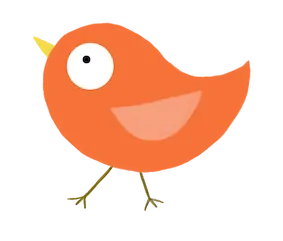
Kid-Inspired ESL Curriculum Membership Members:
For members, log in to view this page in the ESL Curriculum Membership with related teaching resources for each skill as well as other teaching materials for your fourth graders.
If you are not a member, click below to join the membership and see if it is a good fit for your needs. If you are not satisfied for any reason, cancel any time in the first 14 days for a full refund.
